M (1931)
“But I can’t help it!”
|
Synopsis: |
|
Genres, Themes, Actors, and Directors:
Response to Peary’s Review: … and argues that the “picture is tasteful, considering its subject matter; yet it is uncompromising.” He points out that “suspense is heightened by the imaginative use of props (a balloon floating away in the sky and a rolling ball indicate children have been killed): … and Lorre’s eerie whistling of [a] tune from Grieg’s Peer Gynt” (“In the Hall of the Mountain King”). Finally, he highlights the “expressionistic style” of cinematography “by Fritz Arno Wagner.” Peary is right in his assessment of this classic thriller — not an easy film to watch by a long stretch, but critical to all film fanatics’ understanding of Lang’s cinematic genius. Check out this video entitled “M: The First Serial Killer Film” for a nice overview of how and why this movie remains so significant. Redeeming Qualities and Moments:
Must See? Categories
(Listed in 1001 Movies You Must See Before You Die) Links: |
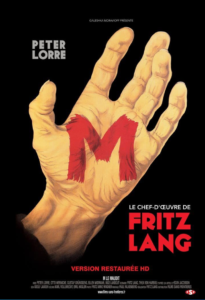
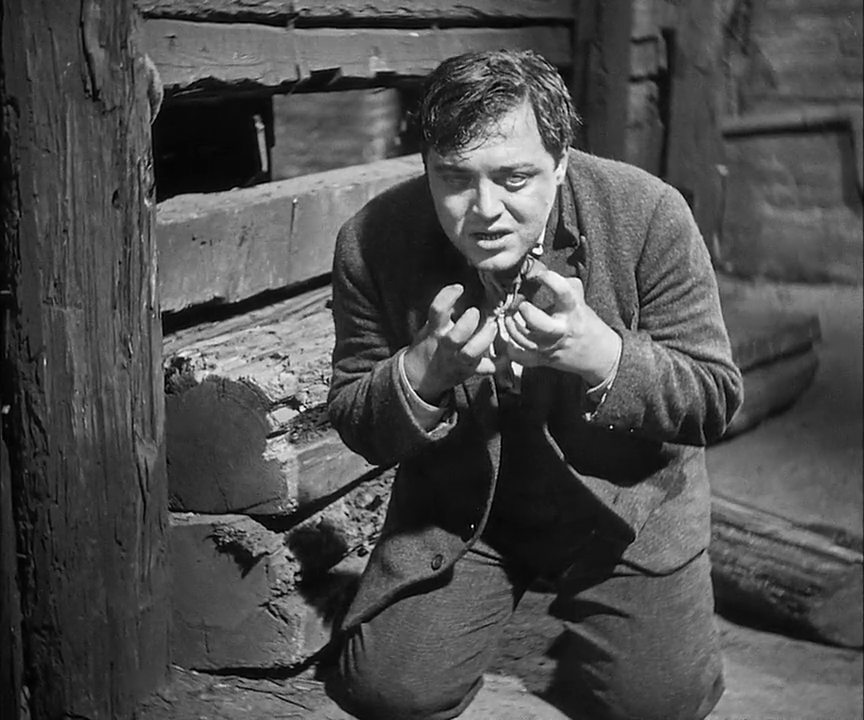
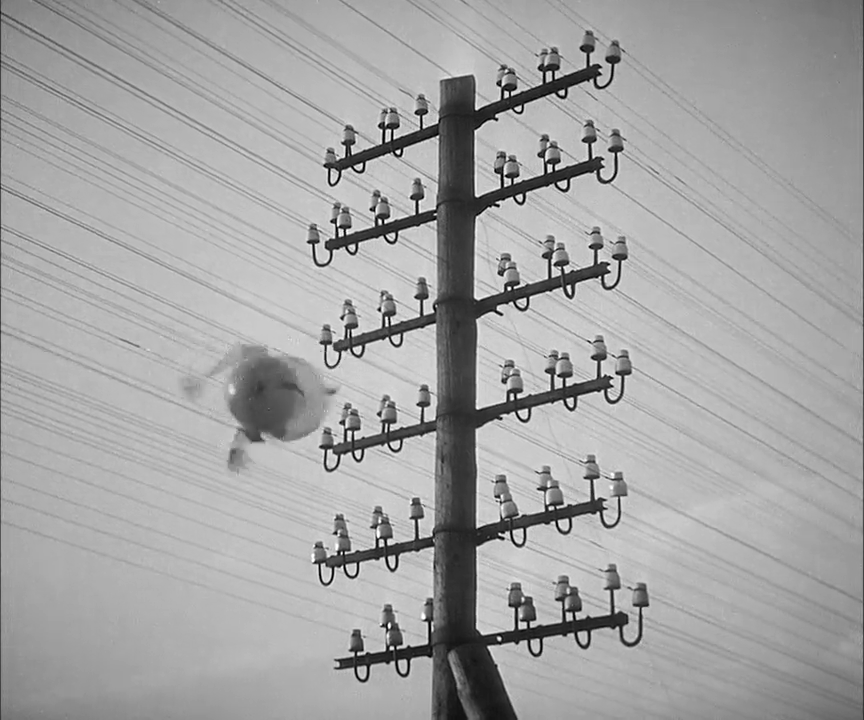

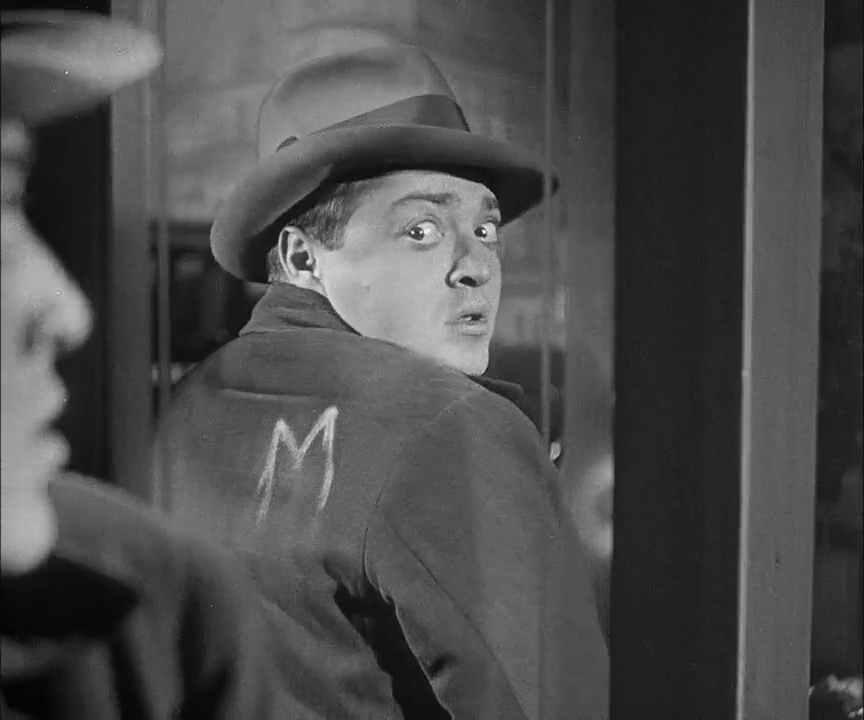
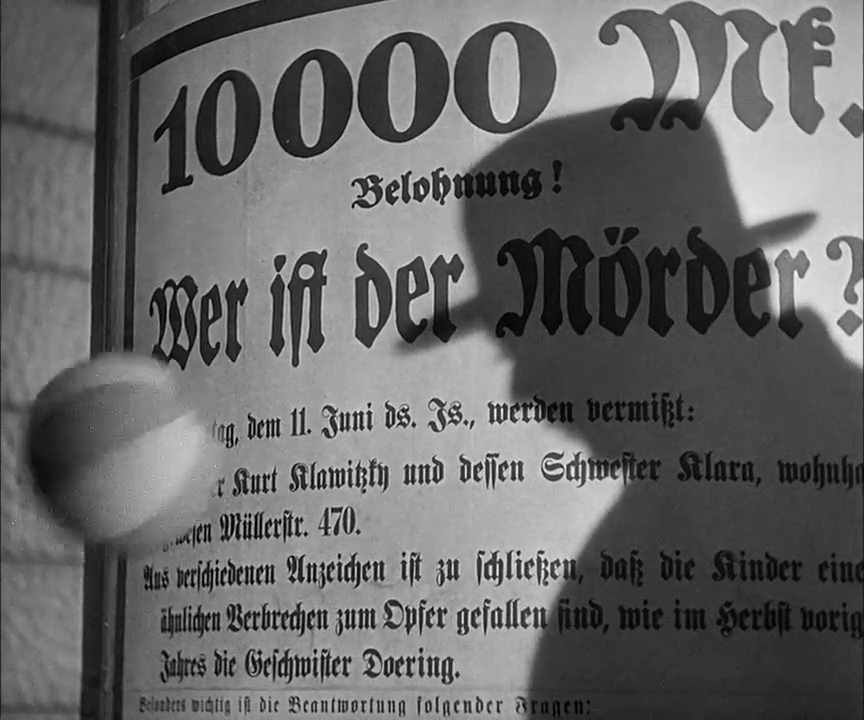
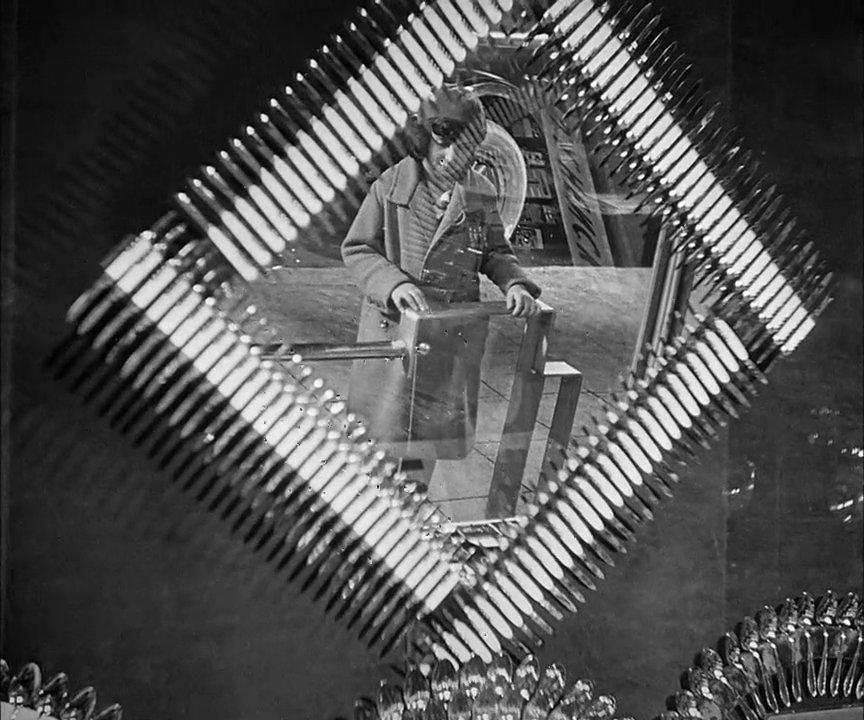
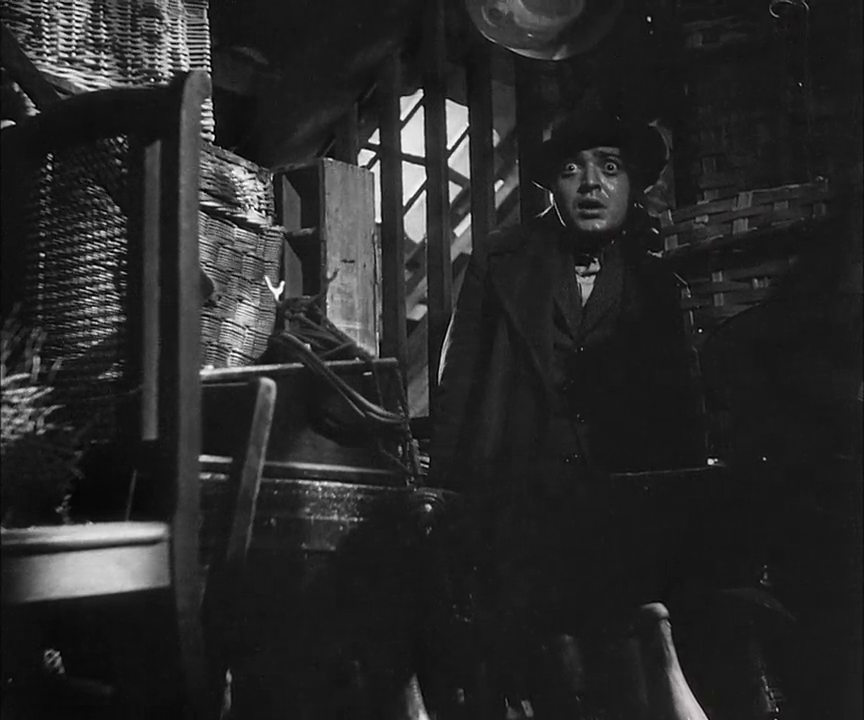
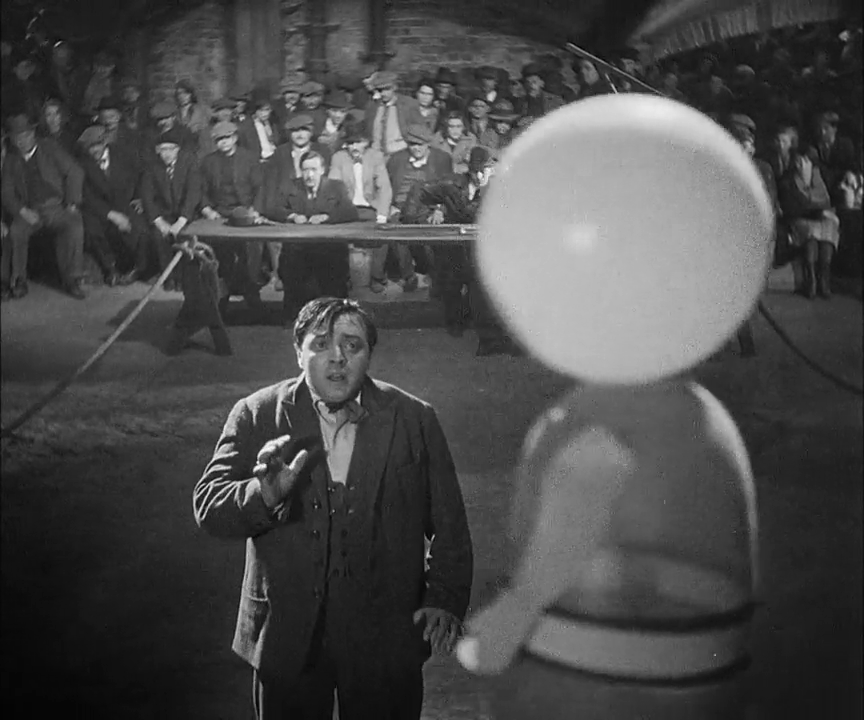
4 thoughts on “M (1931)”
⭐️⭐️⭐️⭐️ out of ⭐️⭐️⭐️⭐️
A cast-iron classic, beautifully handled in every way. Lorre is terrifying in probably his most iconic role and the one he’s most remembered for.
A massive influence on horror and thrillers down the decades not least of which the slasher genre; see Henry: Portrait of a Serial killer and Maniac (1980) for examples.
My only quibble, and it’s minor, is that it’s one of those early sound films (see also Little Caesar) that has some semi-intertitles which can break the mood and the flow.
A no brainer must for all FFs.
Must-see. First viewing of the apparently-definitive 111-minute version. (The film had its premiere in a 117-minute version but the print I just watched was a restored one brought out in 2000.)
I’d seen the film before – maybe even twice – by way of a print that ran a little over 90 minutes. I suppose one could argue that the longer version is a little longer than necessary, but I would defend the extended cut: it mainly delineates the ‘showdown’ between the police and the band of thieves / criminals who uphold the idea that they understand ‘their own kind’ better than the police do (~ even though they consider Lorre’s character to be undeniably worse than they are; indeed, child murderers mysteriously don’t fare well at all behind bars with other prisoners).
According to Wikipedia, Lang said in a 1963 interview that the serial killer in his film was not based on just one man but on several: “At the time I decided to use the subject matter of ‘M’, there were many serial killers terrorizing Germany.” – and he names several of them.
Lorre’s performance reminds me of a scared bug who has evolved from a ruthless, conscience-free manipulator. For all of his cries of “I can’t help it!”, one is hard-pressed in seeing much semblance of a real human being. He’s so clearly insane that it’s hard to think beyond putting him away and throwing away the key (or at least being extremely careful and judicious with it). I can’t help but feel that the character himself – if he were capable of being honest with himself – would want that as well.
“…child murderers mysteriously don’t fare well at all behind bars with other prisoners” –
Not so mysteriously to me. Children are the ultimate innocents, and all prisoners were once children. Many were abused and betrayed themselves as children, leading eventually to their current incarceration. I see a clear through-line.
(Which is NOT to say I condone this well-known violence and bigotry against child molesters in prison; they deserve safe and secure lodging while serving their time.)
Good point.